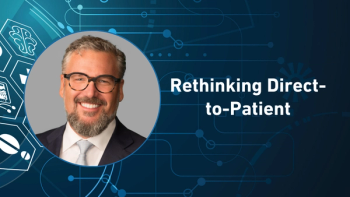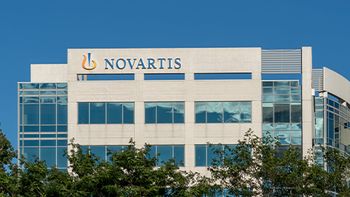
- Pharmaceutical Commerce - January/February 2009
Long-Term Drug Approval Trends Highlight the Industry's Productivity Dilemma
Higher complexity—and expense—are the reality for most drug research, says Tufts
The good news: 24 new drugs were approved by FDA in 2008, which is the highest (by a count of 2 to 6) in the past four years. The bad news: the rate of approvals is still way out of line with the rate of R&D spending by the industry (Fig. 1), and the duration of the clinical-to-approval process remains stubbornly high, at over eight years.
None of this is news to the pharma industry, but the historical perspective provided by the Tufts Center for Drug Development 2009 Outlook adds some valuable nuances to the trends. As Fig. 1 shows, the industry has made a tremendous investment in R&D, and has mostly continued it in recent years even though the returns have been lackluster.
Other data presented in the 2009 Outlook show that the problem of long clinical trials and slow approvals are not quite what they seem. The duration of clinical trials actually peaked around 1989, the same year that the time FDA takes for approvals peaked, resulting in a mean trial-to-approval span of over 10 years. FDA approval times have actually declined since then, and are now around 10 months. (A different problem, but one that stretches out the approval period, is that the number of drugs applications being reviewed and completed is declining.)
The duration of the clinical trial phase shrank in the late 1990s, then jumped in the early years of this decade, and shows a slight decline for 2007, the last year studied in the 2009 Outlook. “To a greater extent than ever before, drug development today focuses on complex diseases, such as cancer, psychiatric and neurological disorders, and indications affecting small populations,” concludes Tufts. “For many reasons, clinical development design protocols have become more complicated, requiring more resources to run trials.” PC
Articles in this issue
over 16 years ago
Closing The Circle On Patient Adherenceover 16 years ago
3PLs Rise in Forward-Thinking Supply Chain Modelsover 16 years ago
A Pitched Battle in Cardiovascular Drug Marketingover 16 years ago
Wyeth Loses Supreme Court Case Over 'Implied' Pre-Emptionover 16 years ago
Syringe Design Gets a Makeoverover 16 years ago
Refinements in Cold Chain Secondary Packagingover 16 years ago
Inmar Rebrands Reverse-Logistics and Related Business Unitsover 16 years ago
The Packaging Contribution to Patient Adherenceover 16 years ago
Moving the Dial on Patient AdherenceNewsletter
Stay ahead in the life sciences industry with Pharmaceutical Commerce, the latest news, trends, and strategies in drug distribution, commercialization, and market access.




